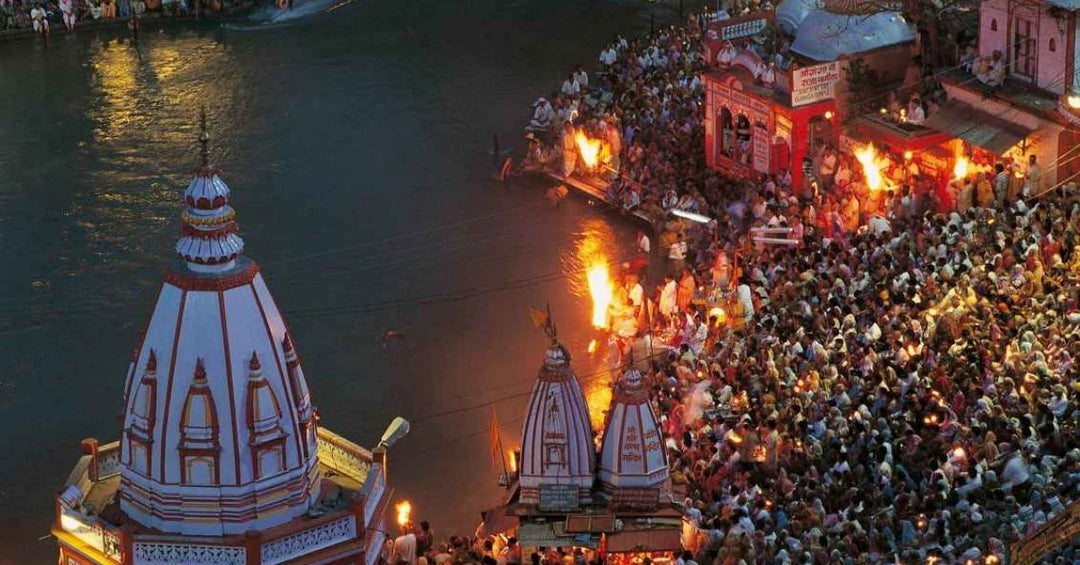About Tirupati Balaji Temple
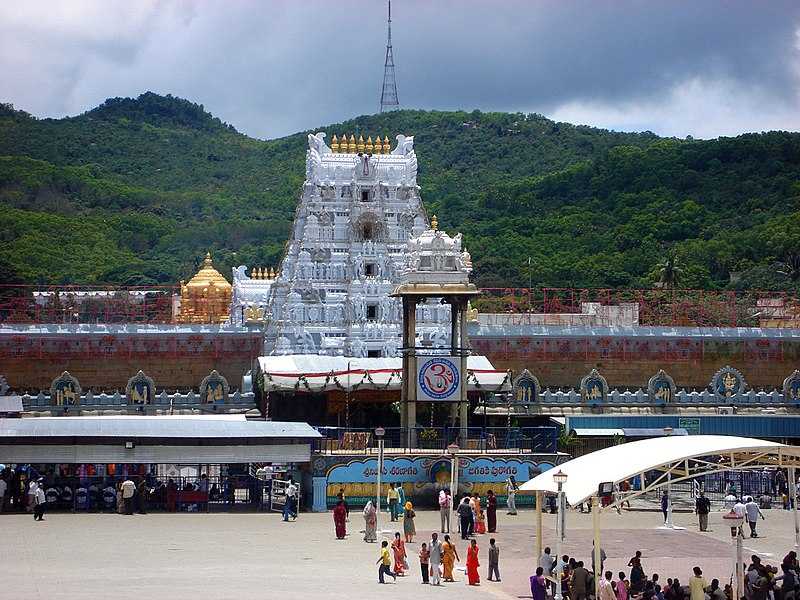
Exploring the Rich History and Culture of Tirupati Balaji Temple
Lord Venkateswara, also known as Lord Tirupati Balaji, is a Hindu deity worshiped primarily in the state of Andhra Pradesh and Tamil Nadu in India. He is considered to be an incarnation of Lord Vishnu, one of the major deities in Hinduism.
The temple of Lord Venkateswara is located in the town of Tirupati, which is situated in the Chittoor district of Andhra Pradesh. The temple is known as the Sri Venkateswara Temple or the Tirumala Temple and is one of the most visited temples in India.
The origin of the temple can be traced back to ancient times, but the present-day structure was built in the 10th century AD by the kings of the Chola dynasty. The temple is known for its stunning architecture and is a masterpiece of the Dravidian style.
The main deity in the temple is Lord Venkateswara, who is depicted as standing on a lotus with his four arms holding a conch, a discus, a mace, and a lotus. The temple also has several other shrines dedicated to other Hindu deities.
One of the unique features of the temple is the practice of offering hair to the deity. It is believed that offering one's hair symbolizes sacrificing one's ego and surrendering to the lord. The hair that is offered is then used to make wigs and hair extensions, which are sold to generate income for the temple.
The temple is known for its grandeur and the spiritual atmosphere that it creates. It is a place of great significance for the followers of Hinduism and attracts millions of devotees every year from all over the world.
Which God is known for Tirupati Balaji?

Lord Venkateswara is the God known for Tirupati Balaji. He is also sometimes referred to as Lord Tirupati Balaji. Lord Venkateswara is considered to be an incarnation of Lord Vishnu, who is one of the major deities in Hinduism. The Sri Venkateswara Temple, located in Tirupati, Andhra Pradesh, is dedicated to Lord Venkateswara and is one of the most visited Hindu temples in the world.
What is the importance of Garuda Seva in Tirumala?
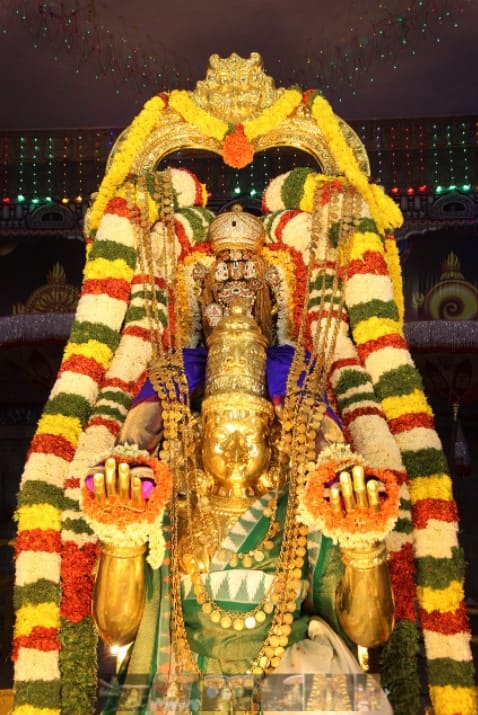
Garuda Seva is one of the most important and significant events that take place at the Sri Venkateswara Temple in Tirumala. It is an annual procession where the idol of Lord Venkateswara is taken out of the temple and placed on a pedestal on the back of a chariot. The chariot is then pulled by devotees and taken around the temple complex, accompanied by a grand procession of priests, devotees, and musicians.
The Garuda Seva is considered to be a grand spectacle and a visual treat for devotees who flock to Tirumala to witness the event. It is believed that Lord Venkateswara himself requested Garuda, the mythical bird, and his mount, to fetch the medicinal plants required for his wedding with Goddess Padmavathi. Garuda Seva is performed as a way of expressing gratitude to Garuda for his services and to honor his devotion to Lord Venkateswara.
The Garuda Seva is also significant as it marks the end of the Brahmotsavam festival, which is celebrated for nine days in the month of October. It is believed that those who witness the Garuda Seva are blessed with good fortune and spiritual merit. The event attracts thousands of devotees from all over the world, and it is considered to be a life-changing experience for many.
which day is so special in Tirupati
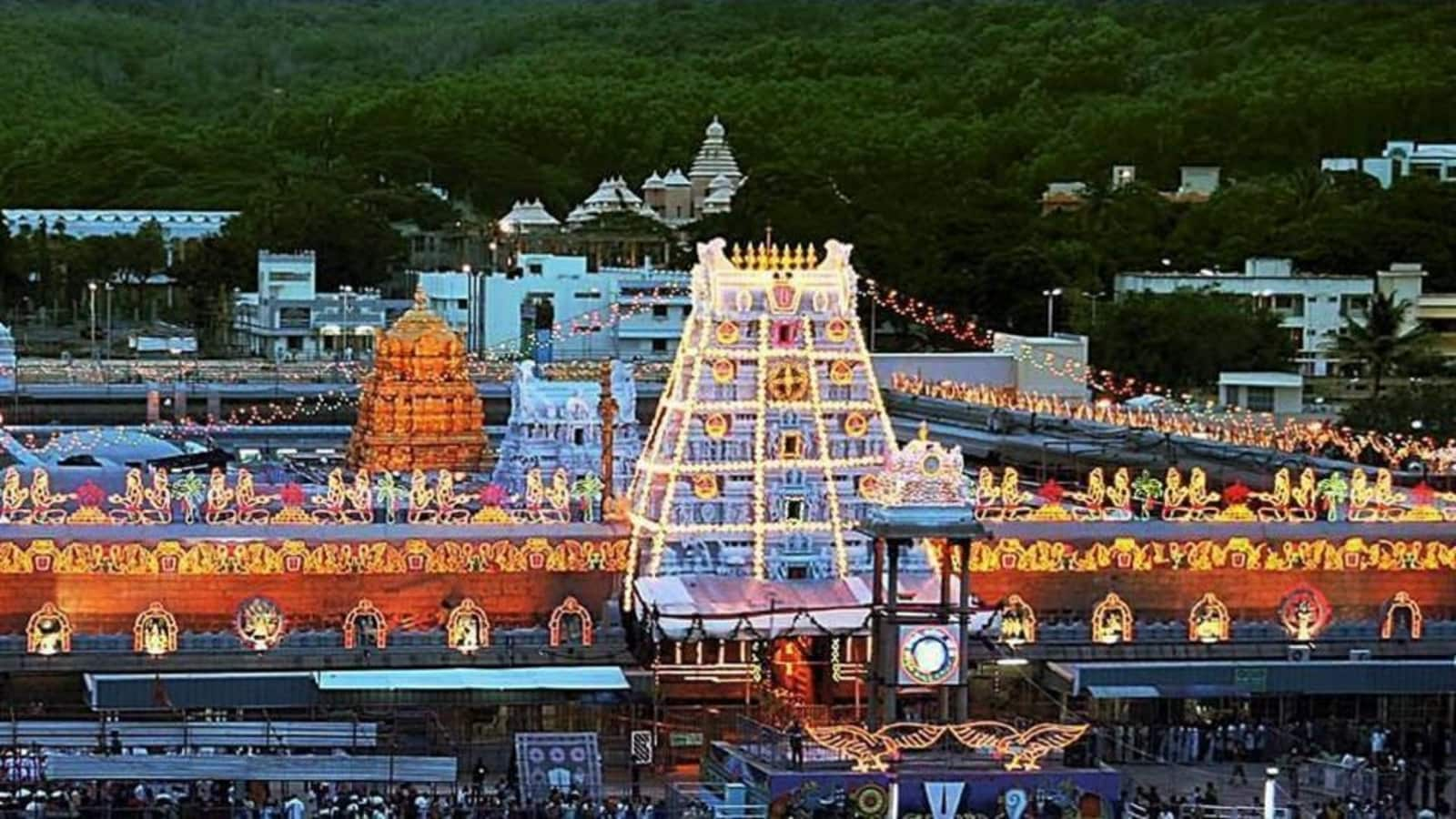
Every day in Tirupati is special for devotees who visit the Sri Venkateswara Temple to seek the blessings of Lord Venkateswara. However, there are a few significant days that hold special importance in the temple's calendar. Here are some of the most important days in Tirupati:
Brahmotsavam: This is the most important festival in Tirupati and is celebrated for nine days in the month of October. The festival commemorates Lord Venkateswara's appearance on earth and includes several grand processions and rituals.
Vaikunta Ekadasi: This is a significant day in the Hindu calendar, and it is believed that Lord Vishnu opens the gates to Vaikuntha, his abode, on this day. Thousands of devotees visit Tirupati on this day to seek the blessings of Lord Venkateswara.
Rathasapthami: This festival is celebrated in the month of February and marks the birth of Lord Surya, the Sun God. It is believed that Lord Venkateswara blesses his devotees with health and happiness on this day.
Ugadi: Ugadi is the Telugu New Year, and it is celebrated in the month of March or April. The temple is decorated with flowers and lights, and special rituals are performed to mark the occasion.
Diwali: Diwali, the festival of lights, is also celebrated in Tirupati with great fervor. The temple is adorned with lights and diyas, and devotees offer prayers to Lord Venkateswara for prosperity and happiness.
These are some of the significant days in Tirupati, and thousands of devotees visit the temple on these occasions to seek the blessings of Lord Venkateswara.
Which is the best time to visit Tirupati?
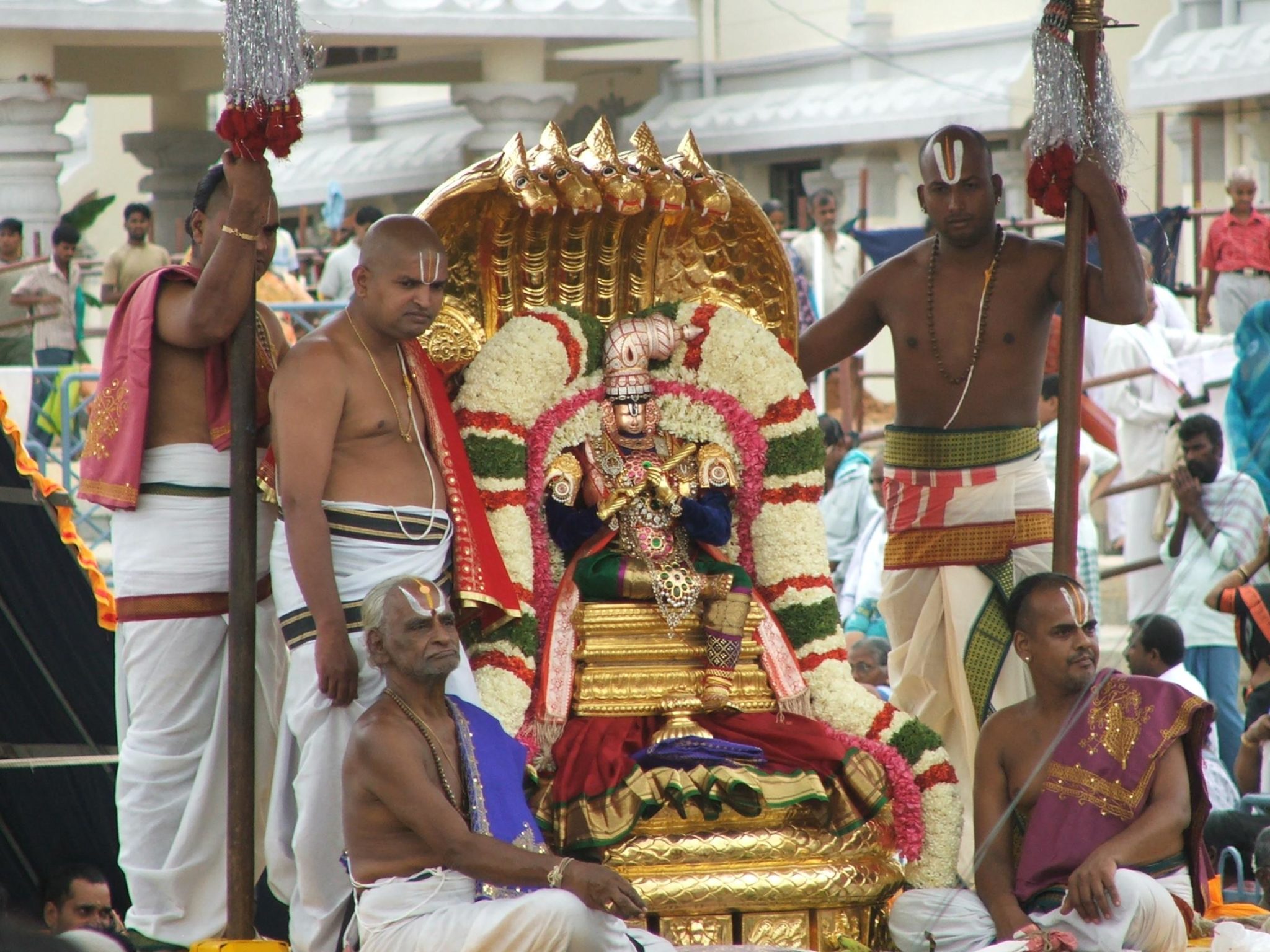
The best time to visit Tirupati is from September to February, during the winter season. The weather during this time is pleasant and cool, making it ideal for exploring the town and visiting the temple. The temperature ranges from 15°C to 30°C, which is comfortable for most people.
The months of March to June are generally hot and humid, with temperatures reaching up to 45°C. It can be uncomfortable for visitors, especially those who are not used to such weather. The monsoon season from July to August is also not recommended for visiting Tirupati, as heavy rainfall can disrupt travel and other arrangements.
However, if you plan to visit the temple during popular festivals such as Brahmotsavam, Vaikunta Ekadasi, or Rathotsavam, which are celebrated during different months of the year, then you may have to plan your trip accordingly. These festivals attract a large number of devotees, and the town can get crowded during these times.
Why Tirupati Balaji is so famous?
Tirupati Balaji, or Lord Venkateswara, is famous for several reasons. Here are some of the main reasons:
Ancient and Sacred Temple: The Sri Venkateswara Temple, located in Tirupati, is an ancient and sacred temple, with a history dating back to many centuries. It is considered to be one of the most important and holy pilgrimage sites for Hindus.
Stunning Architecture: The temple is known for its stunning Dravidian-style architecture, with intricate carvings, sculptures, and decorations. The temple is a masterpiece of architecture and is visited by millions of people every year.
Rich Cultural Heritage: The temple and the surrounding area have a rich cultural heritage, with various traditional practices, rituals, and customs that have been passed down through generations.
Spiritual Significance: Lord Venkateswara is considered to be an incarnation of Lord Vishnu, who is one of the major deities in Hinduism. He is believed to be the destroyer of sins and the giver of blessings, and people visit the temple to seek his blessings and fulfill their wishes.
Humanitarian Activities: The temple is also known for its humanitarian activities, such as providing free food, accommodation, and medical services to the devotees. The temple is also involved in several social welfare programs, including education and healthcare.
All of these factors contribute to the fame of Tirupati Balaji, making it one of the most popular and revered temples in the world.
what is so special in Tirupati
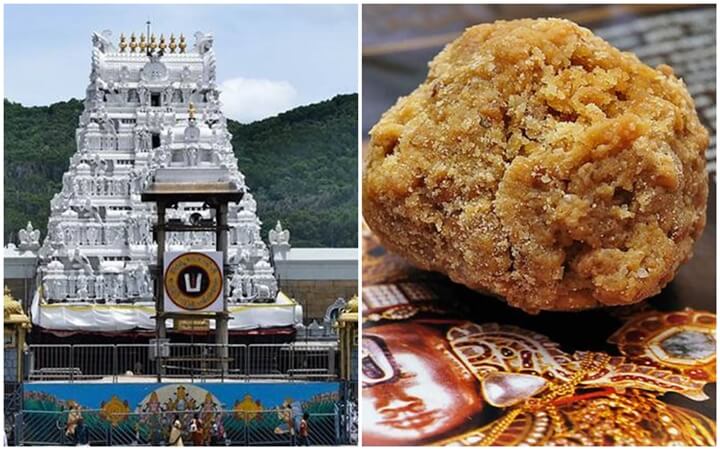
Tirupati, located in the Chittoor district of Andhra Pradesh, India, is a holy town that is famous for its Sri Venkateswara Temple, also known as the Tirumala Temple or the Tirupati Balaji Temple. Here are some of the things that make Tirupati special:
Sri Venkateswara Temple: The temple is one of the most visited temples in the world and is famous for its stunning architecture, intricate carvings, and rich cultural heritage. The temple is dedicated to Lord Venkateswara, who is believed to be an incarnation of Lord Vishnu.
Spiritual Significance: Lord Venkateswara is considered to be the destroyer of sins and the giver of blessings, and people visit the temple to seek his blessings and to fulfill their wishes. The temple is a symbol of faith and devotion, and millions of people from all over the world come here to offer their prayers.
Natural Beauty: Tirupati is located on the foothills of the Eastern Ghats, and the town is surrounded by lush green forests, waterfalls, and scenic landscapes. The town's natural beauty is a treat for the eyes and offers a peaceful and serene environment for visitors.
Rich History and Culture: Tirupati has a rich history and culture, with several ancient temples and monuments that reflect the town's glorious past. The town is also famous for its traditional practices, rituals, and customs that have been passed down through generations.
Humanitarian Activities: The Sri Venkateswara Temple is also known for its humanitarian activities, such as providing free food, accommodation, and medical services to the devotees. The temple is also involved in several social welfare programs, including education and healthcare.
All of these factors make Tirupati a special and revered place, attracting millions of visitors from all over the world every year.
How old is Tirupati?

The history of Tirupati dates back to ancient times, and the town has a rich cultural and religious heritage. The Sri Venkateswara Temple, which is the main attraction in Tirupati, is believed to have been built in the 12th century AD. However, the exact age of the temple and the town is not known, and there are no concrete records that provide an accurate timeline of the town's history. The temple and the town have undergone several renovations and reconstructions over the years, and the current structure of the temple is believed to have been built in the 16th century.
Which language is spoken in Tirupati?
The primary language spoken in Tirupati is Telugu, which is the official language of Andhra Pradesh, the state in which Tirupati is located. However, since Tirupati is a popular pilgrimage site, people from different parts of the country and the world visit the town, and therefore, you can also hear other languages being spoken here, such as Hindi, Tamil, Kannada, and English. The staff at hotels, restaurants, and other tourist places are well-versed in multiple languages to cater to the needs of the visitors.
Who built Tirupati Temple?
The exact origin of the Sri Venkateswara Temple in Tirupati is not known, and there are no concrete records that provide an accurate timeline of the temple's construction. However, it is believed that the temple was built in the 12th century AD by the rulers of the Yadava dynasty. The temple underwent several renovations and reconstructions over the years, with major renovations being carried out during the reign of the Vijayanagara Empire in the 16th century. The temple was further developed and expanded during the British era, and several modern amenities were added to the temple complex to cater to the needs of the pilgrims. Today, the Tirumala Tirupati Devasthanams (TTD), which is the trust that manages the temple, is responsible for the maintenance and upkeep of the temple complex.
Is Tirupati Balaji hair real?

Yes, the hair on the idol of Lord Venkateswara at the Sri Venkateswara Temple in Tirupati is real. The idol of Lord Venkateswara is adorned with real human hair, which is donated by devotees as a mark of their devotion and gratitude. It is a common practice among devotees to offer their hair at the temple as a symbol of their commitment and dedication to the Lord. The temple authorities collect the hair offerings and use them to make wigs, which are then used to adorn the idol of Lord Venkateswara. The hair is periodically removed and replaced with new hair as part of the temple's maintenance and upkeep activities. The practice of donating hair has been prevalent for centuries, and it is considered to be a sacred act of offering to the Lord.
What are the 7 doors of Tirumala?
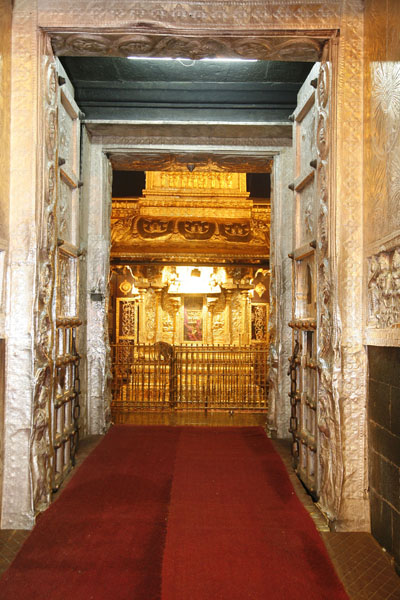
The Sri Venkateswara Temple in Tirumala has several entrances, and each entrance has a unique name and significance. Here are the seven entrances or doors of Tirumala:
Mahadwaram or the Main Entrance: The Mahadwaram is the main entrance to the temple and is located on the eastern side of the temple complex. It is also known as the "Annamacharya Entrance," named after the famous Telugu composer Annamacharya.
Bangaru Vaakili or the Golden Entrance: The Bangaru Vaakili is located towards the south of the temple and is known for its golden threshold. It is also called the "Swami Pushkarini Entrance," as it leads to the Swami Pushkarini, a sacred water tank.
Vaikuntha Dwaram or the Paradise Door: The Vaikuntha Dwaram is located towards the north of the temple and is believed to be the gateway to heaven. It is open only during special occasions and festivals.
Nadimipadhamu or the Holy Footprints Entrance: The Nadimipadhamu is located towards the northwest of the temple and is named after the holy footprints that are believed to have been left by Lord Venkateswara.
Sarva Darshan or the General Entrance: The Sarva Darshan entrance is located towards the west of the temple and is used by devotees for general darshan or viewing of the Lord.
Supadam or the VIP Entrance: The Supadam is located towards the northwest of the temple and is used by VIPs, donors, and special guests.
Aani Muttangi Seva Entrance: The Aani Muttangi Seva entrance is located towards the northeast of the temple and is used by devotees who have purchased the Aani Muttangi Seva ticket for special worship services.

